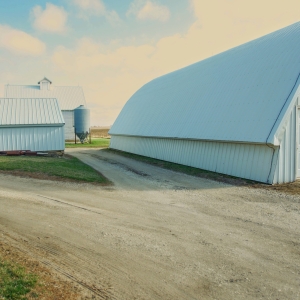 https://www.circleofblue.org/wp-content/uploads/2024/05/DSC00280-EDIT.jpg
1600
2400
Circle Blue
https://www.circleofblue.org/wp-content/uploads/2018/06/Circle-of-Blue-Water-Speaks-600x139.png
Circle Blue2024-05-08 23:02:252024-05-08 23:19:03An Iowa Farm County Seeks Answers To Cancer Rate 50% Higher Than National Average
https://www.circleofblue.org/wp-content/uploads/2024/05/DSC00280-EDIT.jpg
1600
2400
Circle Blue
https://www.circleofblue.org/wp-content/uploads/2018/06/Circle-of-Blue-Water-Speaks-600x139.png
Circle Blue2024-05-08 23:02:252024-05-08 23:19:03An Iowa Farm County Seeks Answers To Cancer Rate 50% Higher Than National AverageHow Big Ag Pollutes America’s Waters and Makes Money Doing It
Crop production practices that limit nutrients are largely ignored.
Articles in this project are edited by Carey Gillam, managing editor of The New Lede.
By Keith Schneider, Circle of Blue – July 24, 2023
It’s been 33 years since an Iowa State University agronomist named Fred Blackmer thought he’d struck gold for Midwestern corn farmers. Using a fairly simple three-step method, Blackmer developed an analytical tool that could accurately tell farmers exactly how much fertilizer their fields needed to produce abundant harvests each season.
The analytics Blackmer perfected showed not only how much fertilizer the corn crops would need to meet production targets, but also exposed how much could be wasted. Blackmer ultimately determined that farmers were applying a staggering 500 million excess pounds of nitrogen each year, a practice that not only wasted farmers’ money but also wreaked havoc on the environment as the nitrogen not taken up by plants drained from farm fields to contaminate rivers, lakes, and streams.
Despite what Blacker saw as obvious benefits to producers, not to mention the environment, his method failed to gain significant traction in farm country. Farmer allegiance to the excessive fertilizing practices pushed by the so-called “Big Ag” production industry and aligned academic institutions left Blackmer’s common sense approach on a shelf gathering dust. He died in 2006.
State and federal data now show that since 1990, nitrogen spread on fields in Iowa and nine other major US corn-growing states has increased 26%, with more nitrogen than ever pouring off the land and into US waters. Demand for corn is high, both to supply ethanol refineries and to feed industrial livestock operations that add to water contamination themselves through manure runoff, according to the US Department of Agriculture.
In Iowa alone, according to state research, farmers apply about 2 billion pounds of commercial nitrogen annually to corn fields, and much of it is ending up in waterways that flow all the way to the Gulf of Mexico, worsening the conditions in a 6,500-square-mile “dead zone” where the waters are so oxygen-deprived that they can’t sustain marine life. Iowa contributes almost a third of the nitrogen scientists say causes the dead zone.
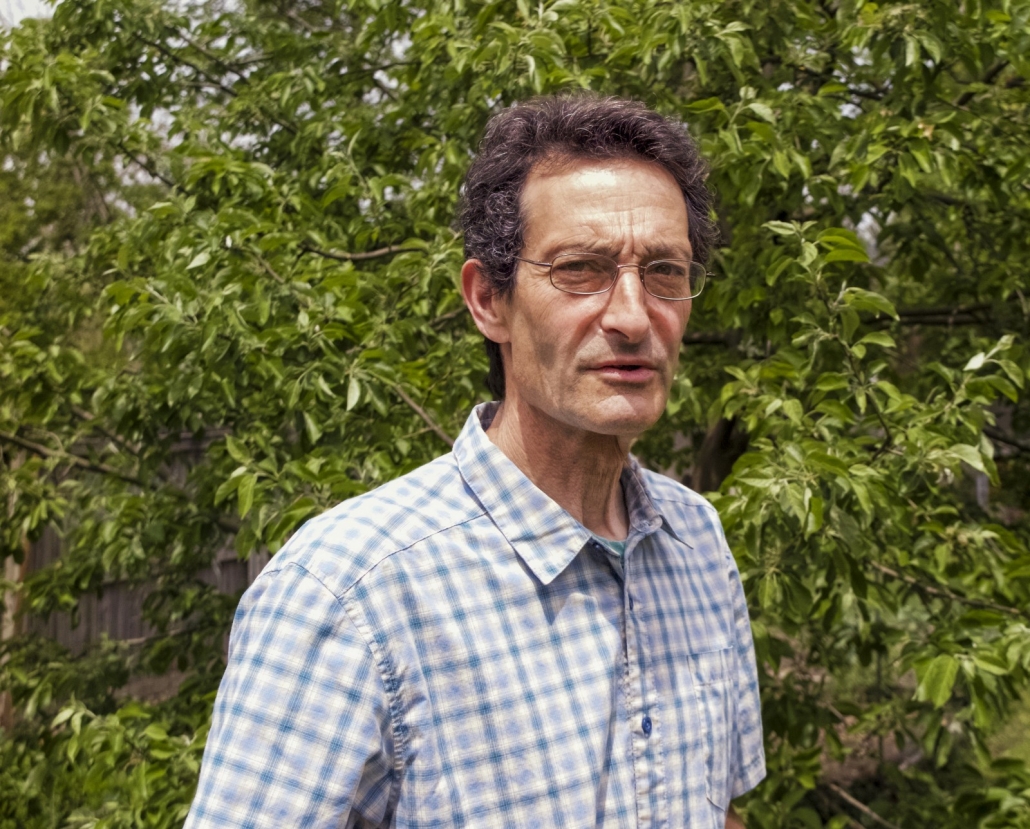
Matt Liebman, professor emeritus of agronomy at Iowa State University and an expert in sustainable farm practices. Photo by Keith Schneider / Circle of Blue
“Ground zero”
“Iowa is sort of ground zero for the interface between ag and environment,” said Matt Liebman, a former colleague of Fred Blackmer’s who retired as a professor of agronomy at Iowa State University (ISU) in 2021.
“There’s a lot of money involved. The people who sell inputs and the people who process and distribute commodities, livestock and crops are very interested in making sure that the system is arranged so that money flows in particular ways,” Liebman said. “One side is real small and the other side is very well funded. It can get pretty ugly.”
In Iowa, as in other corn-growing states, many farmers often apply nitrogen in quantities not necessarily aligned with crop needs but in amounts designed to overload the soil in case heavy rains wash away needed nutrients. Farmers will apply fertilizer to fallow fields in fall when there is nothing growing, hoping the ground will absorb and hold on to the nutrients, and then spread fertilizer again on the same fields in the spring. The goal is to maximize yield – how much corn they can produce per acre.
A 2014 ISU farmer survey underscored how dependent growers are on over applying fertilizer. “The perceived economic risks of under-application are high,” the survey reported. “These results likely reflect a reality that the practice of “insurance” over-application is simply a part of staying in business.”
In contrast, Blackmer’s research showed that applying more fertilizer than plants needed had no effect on yield. “What we’ve found is that farmers can substantially reduce their average rates of fertilization and actually end up with higher yields,” he said in a 2002 interview with an Iowa media outlet.
Blackmer also recognized that over-fertilizing was causing an ecological calamity. “What we’re finding is some farmers can lose 70, 80 or 90% of what they put down. One of the most surprising things is many times these farmers don’t even know that they have lost it,” Blackmer added.
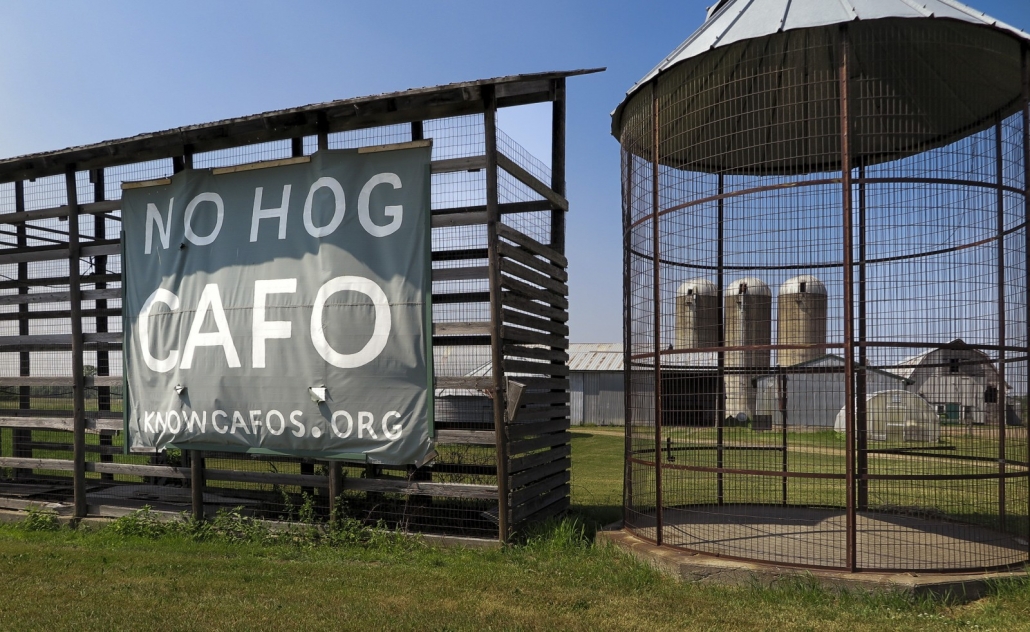
The spread of large and polluting livestock operations out of Iowa and into neighboring states is generating civic protest. This sign of opposition is north of St. Croix Falls, Wisconsin. Photo by Keith Schneider / Circle of Blue
A simple concept
Blackmer’s “late spring nitrate test” was simple in concept. His test focused on one essential data point: the optimum amount of nitrogen in soil to grow the most corn. His science showed that optimum soil concentration is 20 to 25 parts per million.
Blackmer developed three steps to get there. First, he took soil samples from farm fields, which typically showed background nitrogen levels at under 10 parts million. Second, he developed calculations to add fertilizer in precise amounts to increase soil nitrogen concentrations to the optimum level and sustain it to meet the farmers’ yield goal, whether it was 150, 200 or 250 bushels per acre.
Then he recruited farmers to apply a little bit of fertilizer at planting and a precisely measured volume of fertilizer at least 30 days later, when fast-growing plants were 6 to 12 inches tall. In most cases the test results indicated farmers should spread 60 pounds per acre to grow 150 bushels per acre, or as much as 80 pounds per acre to achieve 250/acre of corn. Corn growers typically apply double that amount.
Among the farmers that experimented with Blackmer’s nitrate test, was Larry Neppl, a Iowa corn grower who saw first hand that that applying 60 pounds of nitrogen per acre on part of his crop translated to better production than applying double that amount.
“It told me we did not need that extra nitrogen,” Neppl said.
The amount of money wasted by farmers on unneeded fertilizer, at the current price of $1,100 per ton, is estimated at over $400 million annually.
But the over-fertilization of US corn country is not only costly for farmers. The United States has spent over $500 million since 1997 to reduce the expanse of the ocean dead zone that is fed in large part by the nitrogen contamination flowing from Iowa and the other Corn Belt states.
That same tide of nutrients is also expensive for local and state governments with fertilizer-related contamination affecting more than 7,000 drinking water wells in Iowa and an estimated 30,000 private wells in Minnesota, 42,000 in Wisconsin, and thousands more in Illinois, Nebraska, and Missouri. Corn Belt cities are forced to spend tens of millions of dollars and raise residential and business water rates in order to drill deeper wells or install and maintain nitrate removal and filtration systems to protect municipal drinking water.
There is also a cost to human health. The nitrates from the fertilizers also are implicated in the rising rates of cancer in the Corn Belt. In Nebraska scientists have linked exposure to nitrates to a number of soft tissue malignancies. Nebraska has one of the highest rates of pediatric cancers in the US. Iowa announced in February that it now ranks second in the incidence of cancer, and is the only state where incidences increased from 2015 to 2019.
“The heart of what is causing all of this is a cropping system and an economy that is inherently polluting,” said Kamyar Enshayen, director of the Center for Energy and Environmental Education at the University of Northern Iowa, “It’s not something a conscientious farmer can fix. We have all these incentives coming in to keep doing more of this.”

The headwaters of the Cedar River, which flows 338 miles from southern Minnesota through Iowa, are choked by algae, the result of excess farm nutrients running off farm fields and from large swine production facilities. Photo by Keith Schneider / Circle of Blue
Political power
There’s no way to describe farm-related nutrient pollution other than what it is – a national scandal. A tiny minority of Americans, half of one percent, is grossly fouling the waters for tens of millions of Americans. Corn Belt crop farmers, and livestock and poultry producers – the heart of the rich and powerful $618 billion American farm sector – have virtually unlimited opportunities within state and federal law to pollute at will.
Crop producers, unregulated under the Clean Water Act, seek maximum production with no restriction on how much fertilizer they apply. Livestock and poultry producers, barely covered by the clean water law, treat farm fields as waste disposal zones for an ocean of untreated liquid manure and a mountain range of solid manure and poultry litter ripe with E.coli and other hazardous microorganisms. Polluting farm production practices, mostly overlooked by state environment departments, are defended by trade associations with lobbying offices in state capitals and allies from both parties in state Legislatures and in Congress.
Industrial farm interests are loathe to talk about their work. Legislators, congressional offices, trade associations, farmers, livestock operators, and land grant university academics did not respond to interview requests for this article.
Since January I’ve been reporting the causes, consequences, and solutions to the farm sector’s assault on American waters with financial support from the Alicia Patterson Foundation, which also helped me secure a second grant from The Fund For Investigative Journalism.
The project focuses on nitrate pollution in the Corn Belt. It builds on expertise I gained reporting in 2022 for Circle of Blue on phosphorus pollution in Michigan and the Great Lakes states. Earlier reports from this year’s project have also been published in The New York Times, The Guardian, The New Lede, Minnpost, Investigate Midwest, Detroit Now, Michigan Radio, and my ModeShift blog.
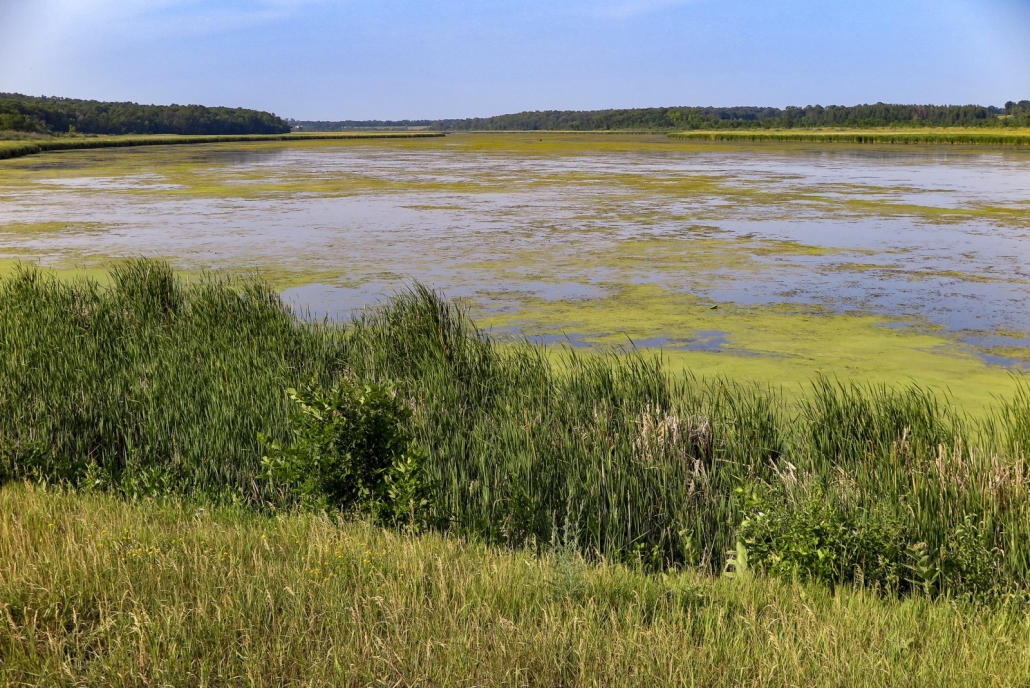
North Fork of the Crow River, near Paynesville, Minnesota is choked with algae from nutrient runoff. Photo by Keith Schneider / Circle of Blue
All Too Familiar
To some extent, the tide of toxic nitrogen and phosphorus discharges from crop land and livestock operations is a well-recognized story not only in media, but also in government. Addressing it has resulted in an unsteady platform of responses over the last three decades held up by two of three legs.
The first is the considerable investment by states and the federal government in science. Billions of dollars have been spent on research and nutrient monitoring. America knows with great clarity the sources of nutrient contamination and the environmental, health, and economic damage it causes.
The second leg is convening. Tens of millions of dollars is spent every year to enable foundation staffs, non-profits, cities, counties, states, and the governments of the U.S. and Canada to easily communicate with each other. To hold meetings and conferences. To negotiate agreements. A community of scientists, staffers, and government officers has evolved that work on nutrient contamination and have known each other for years.
Science and convening – the ironclad research and the army of experts — should set the country up to install the third leg, which is actually halting nutrient pollution. It doesn’t. “Best management practices,” the conservation steps financed by the U.S. Department of Agriculture and many state governments, and relied on to deal with nutrient runoff were really designed to halt soil erosion. They don’t work to stem the flow of nitrogen into streams and groundwater. Other practices to reduce or halt nitrogen contamination are in development and largely exist outside the agricultural mainstream.
The one sure-fire solution is to dramatically cut how much nitrogen is spread on farmland.
My reporting is devoted to discovering these and other new details that produce fresh narratives about farm-related pollution. The intent is to elevate the scandal to greater public attention and motivate action by regulatory agencies, courts, Legislatures, and Congress.
Other new details are found in these five major elements of the project:
- The influence of formal fertilizer recommendations by land grant universities that serve as the scientific and economic justification for encouraging crop farmers to over-fertilize;
- The capacity of the American Farm Bureau and its allied farm trade associations to spend a scant amount of money on lawsuits and lobbying to defend the $618 billion farm sector from any effort to regulate nutrient discharges;
- Why ever larger and polluting dairies, feedlots, and poultry houses are migrating out of Iowa and into Wisconsin, the Dakotas, Minnesota, Missouri, and Nebraska and causing fierce civic protest where they land;
- Growing evidence of disease in regions where residents are exposed to nitrates in their drinking water;
The myriad practices to prevent pollution–some decades old–that either never gained traction or exist at the far edges of mainstream agriculture
The battleground is clearly defined. Opposing the powerful industrial interests are grass roots non-profits, citizen activists, and a Native American tribe–Minnesota’s White Earth Nation–who are passing local ordinances to stem the pollution. Prominent environmental law groups are filing lawsuits and pushing the U.S. Environmental Protection Agency to more stringently regulate farm practices that contaminate water. A handful of courageous academics are raising their voices in protest.
American agriculture is driven by inventions of engineering and science crucial to the development of the most productive farm sector on Earth. Eli Whitney invented the cotton gin in 1794 and John Deere perfected the steel plow 43 years later. German scientists Fritz Haber and Carl Bosch discovered how to convert atmospheric nitrogen into ammonia in the early 20th century. Iowa-born agronomist Norman Borlaug won the 1970 Nobel Peace Prize for developing high-yielding wheat and rice.
Effective farm practices that impede, or even eliminate, nitrate contamination have been in development for decades and merit the same level of accolades and attention.
Fred Blackmer’s late spring nitrate test, developed at Iowa State University in the 1980s, reduces fertilizer applications by at least half, but was never promoted by the university or commercial agriculture. Wes Jackson’s The Land Institute, in Salina, Kansas, developed commercial varieties of wheat, sorghum, and rice that need to be planted just once and can be harvested year after year, like a pasture, an alfalfa field, and a Great Plains meadow, without heavy fertilizer or pesticide use. Organic and sustainable farmers rely on organic, non-chemical fertilizer to raise fruit and vegetables. Engineers have invented specialized fertilizer equipment, now in production by major implement manufacturers, that measure photosynthesis and crop growth, and apply commercial fertilizer only to individual plants that need it, sharply reducing fertilizer applications.
The federal Department of Agriculture spends over $5 billion annually for “conservation” measures meant to reduce environmental damage from agriculture. Last summer the Biden Administration and Congress approved legislation to spend $19.5 billion for conservation programs. That’s more than enough money to provide farmers incentives to move less polluting production practices from the edges to the mainstream of American agriculture.
Read the full series
Toxic Terrain
Fertilizer and manure in the U.S. Corn Belt contaminate water and ruin the quality of life.
 https://www.circleofblue.org/wp-content/uploads/2024/05/DSC00280-EDIT.jpg
1600
2400
Circle Blue
https://www.circleofblue.org/wp-content/uploads/2018/06/Circle-of-Blue-Water-Speaks-600x139.png
Circle Blue2024-05-08 23:02:252024-05-08 23:19:03An Iowa Farm County Seeks Answers To Cancer Rate 50% Higher Than National Average
https://www.circleofblue.org/wp-content/uploads/2024/05/DSC00280-EDIT.jpg
1600
2400
Circle Blue
https://www.circleofblue.org/wp-content/uploads/2018/06/Circle-of-Blue-Water-Speaks-600x139.png
Circle Blue2024-05-08 23:02:252024-05-08 23:19:03An Iowa Farm County Seeks Answers To Cancer Rate 50% Higher Than National Average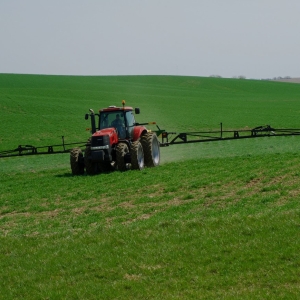
Despite $Billions Spent, Tide of Harmful Farm Pollutants Grows Ever Larger
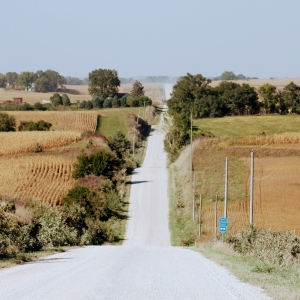
New Report Sparks Questions and Controversy Over Possible Causes for Iowa “Cancer Crisis”
 https://www.circleofblue.org/wp-content/uploads/2024/01/IMG_1223.jpg
1600
2398
Keith Schneider
https://www.circleofblue.org/wp-content/uploads/2018/06/Circle-of-Blue-Water-Speaks-600x139.png
Keith Schneider2024-01-31 15:57:382024-02-01 10:29:54Cancer-Related Disease and Deaths Spur Actions to Fight Farm Chemical Contamination in Corn Belt
https://www.circleofblue.org/wp-content/uploads/2024/01/IMG_1223.jpg
1600
2398
Keith Schneider
https://www.circleofblue.org/wp-content/uploads/2018/06/Circle-of-Blue-Water-Speaks-600x139.png
Keith Schneider2024-01-31 15:57:382024-02-01 10:29:54Cancer-Related Disease and Deaths Spur Actions to Fight Farm Chemical Contamination in Corn Belt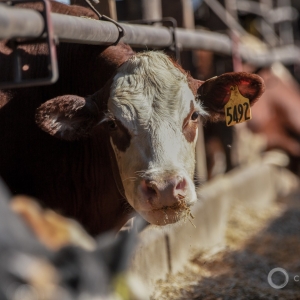
Push to Turn Farm Manure into Renewable Energy Draws Concerns
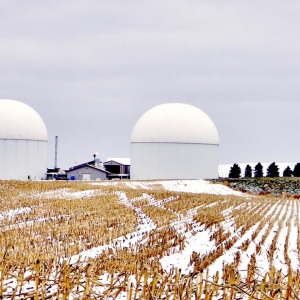
Will Energy From Manure Help or Harm Water Quality in Michigan?
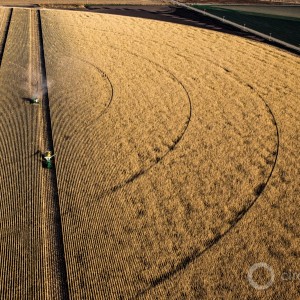
US Regulators Order Minnesota to Clean Up Nitrate Contaminated Water
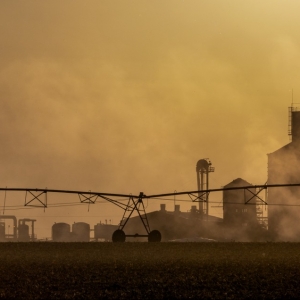
EPA Restarts Assessment of Health Risks from Nitrate in Water
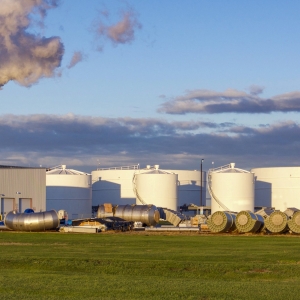
“What We’re Up Against” – North Dakota Towns Fight Farm Bureau to Keep Water Clean
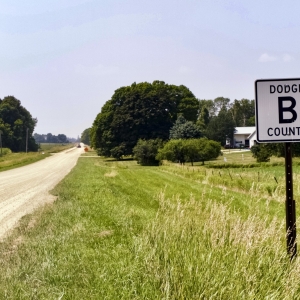
In Minnesota, Families Blame Farm Nutrient Contamination On Heavy Cancer Toll
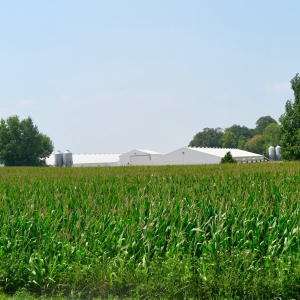
Offering Up Advice For Farmers, Universities Add To US Water Pollution
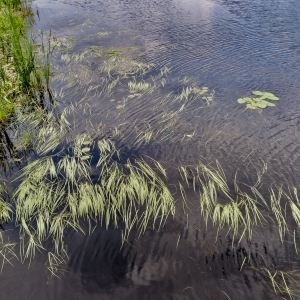
Minnesota Tribe Sets Enforceable Rules To Safeguard Wild Rice and Water Supply
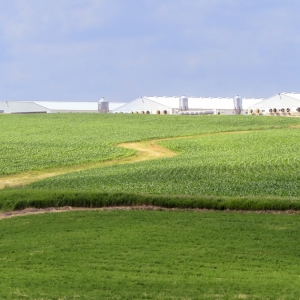
How Big Ag Pollutes America’s Waters and Makes Money Doing It
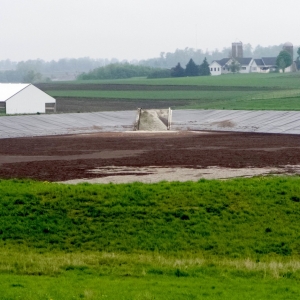
In Iowa, a Tale of Politics, Power, and Contaminated Water

U.S. Pushes Farmers to Develop A New Crop: Energy
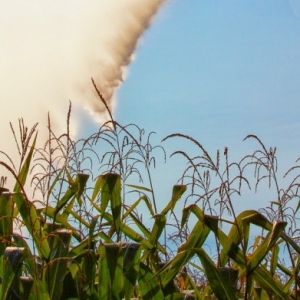
U.S. Counts on “Climate-Smart” Farms to Slow Global Warming
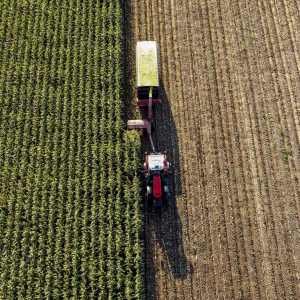
New U.S. Climate Law Will Make Water Contamination Worse
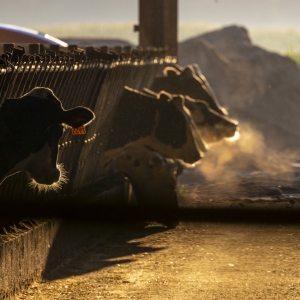
Opposition to CAFOs Mounts Across the Nation
The Alicia Patterson Foundation and the Fund For Investigative Journalism awarded investigative reporting fellowships to support this project. Along with The New Lede, co-publishers include: The Guardian, Great Lakes Now, Michigan Radio, Investigate Midwest, and MinnPost.
© 2023 Circle of Blue – all rights reserved
Terms of Service | Privacy Policy



